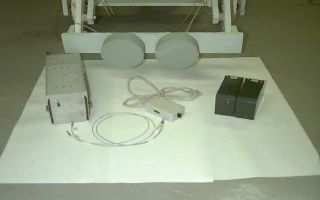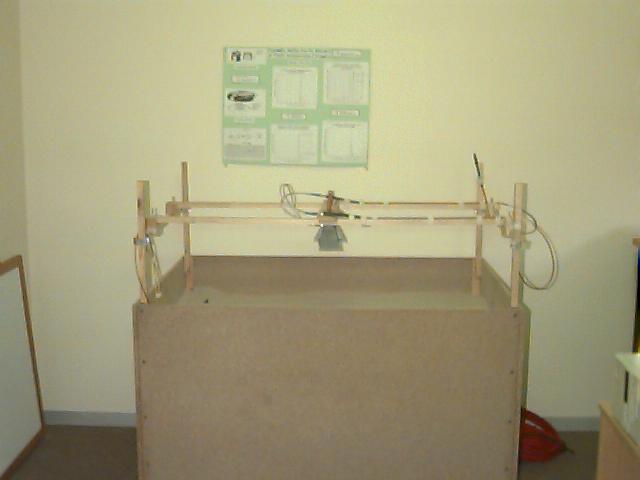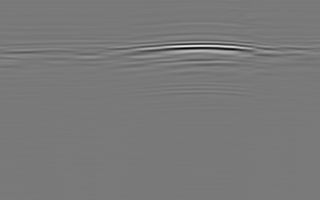| Ground Penetrating Radar has been identified as one of
the more promising technologies for the detection of non-metallic landmines.
The term Ground Penetrating Radar refers to a range of electromagnetic
techniques designed with the goal to detect and locate objects or interfaces
buried beneath the earths surface [Daniels:95].
The GPR community has seen the development of two distinct techniques,
namely Pulse or Impulse Radar and Stepped Frequency Continuous Wave (SFCW)
Radar. While the latter technique has been investigated since 1972,
it is Pulse Radar which has dominated the GPR industry. This was due to
the high cost and complexity of SFCW GPR. Over the last decade the cost
of RF technologies (fast switching synthesizers) has decreased considerably,
making it more feasible to develop SFCW GPR. In addition the availability
of fast, low cost digital signal processors has contributed to the growing
interest in this implementation of a subsurface radar
The University of Cape Town has been involved in GPR research for the
past six years - researching and developing new and novel hardware architectures
and signal processing techniques - with the primary focus on Landmine Detection. |



